You have no items in your cart. Want to get some nice things?
Go shopping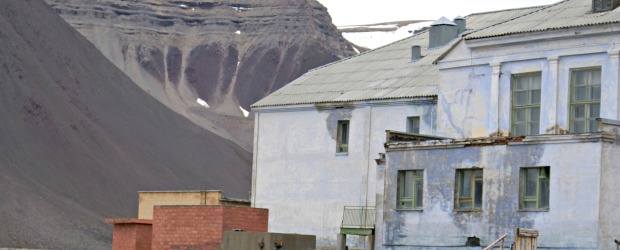
“People tend react to Svalbard in two ways,” Joe, our guide, said. “They either love it and want to stay for as long as possible, or they can’t handle it and leave after a few days. The Arctic has a way of getting under your skin.”
Sitting on a small passenger ship in Billefjorden on Svalbard, surrounded by bare, flat-topped mountains buttressed by steep gullies of sand from an eternity of erosion from wind and melt water, it was easy to believe that. Even in early August, with temperatures going up to 10 degrees Celsius, the Arctic wind had a bite and chill factor not even winter storms in the south can manage.
I had been to Svalbard, a collection of islands and islets stretching from 74 to 81 degrees north latitude, about midway between the northern coast of Norway and the North Pole, once before. For years I had wanted to return, especially when interviewing scientists who described how their own work and “polar fever” took them back to the Arctic every year. On a whim, I booked one of the last remaining rooms in Longyearbyen, Svalbard’s largest settlement, and took one of the daily flights from Oslo. During one of the warmest summers ever recorded in Norway, it was a relief to step out on the runway at Longyearbyen airport and have the Arctic breeze cool the clothes and skin. I felt like a polar bear finally having come home.
Now I was in a group of about 20 travelers on a guided tour to Pyramiden, an abandoned Russian mining town a few hours by boat out of Longyearbyen. Deeply scarred and sculpted mountains dwarfed us as we progressed along one side of the fjord. Despite the grey weather and considerable windy chill, everyone stayed outside for as long as possible to drink in and photograph the remarkable landscape. The air was so clean and dry we could see much further than in the south, making it feel as if our vision had improved greatly. Auks, puffin, Arctic fulmar, and Arctic terns wheeled about us, and several species of whale were seen regularly on trips like this.
On the way to Pyramiden we stopped at Nordenskiöldbreen, a glacier named after the Arctic explorer Adolf Erik Nordenskiöld (1832-1901). At the wide, moraine-flanked wall of ice, the crew pulled ice floating in the water onboard and served in drinks. Suddenly there was a loud crack, like a steel wire snapping, and a small piece of glacier fell into the slushy water. A seal that was dozing on a rock nearby reacted neither to the calving nor to us pointing and talking and taking pictures of it all.
From the glacier it was just a short distance to Pyramiden, the northernmost abandoned town in the world. On the old wooden pier we were met by our Russian guide, Sasha, who was dressed in a long coat and tall fur hat and armed with a rifle for protection against polar bears.
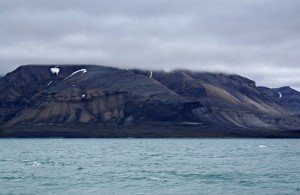
That was needed, because this spring a male polar bear, who had been too late to follow the ice as it retreated north, remained near the Nordenskiöld glacier to feed on its population of seals. Almost every day the bear also swung by Pyramiden and a camp of scientists in the vicinity in the hopes of finding something to eat. One of the scientists had named the polar bear Trygve, because he was as bothersome as the scientist’s younger brother had been when they were small. Trygve was so tempted by the supplies in the camp he required a great deal of flare shots and banging on pots and pans before he gave up and left. The day before our visit, Trygve had been seen lurking in the streets of Pyramiden. Hence, Sasha told us to stay close to him and don’t linger to take pictures. The few hundred meters from the pier to the center of the old settlement we were transported by bus.
During the Soviet years, coal was extracted from the mineral-rich mountains above Pyramiden. A funicular was built into the steep, barren slope to transport the coal down to the settlement. Most of the coal was shipped back to the Soviet Union, but some of it was also used to fuel the brick factory in Pyramiden, with bricks made from local clay being another of its exports. As a result, almost all the buildings in the settlement was built from these bricks. The high salaries in the settlement attracted many professionals despite its remote location, thus Pyramiden had a renowned and well-equipped hospital, a school, gym hall, mess hall, even a farm with livestock that produced fresh milk, eggs, and meat–invaluable in the Arctic. Black soil from the most fertile regions of the Ukraine was brought in to make grass for the northernmost cows. In the center of Pyramiden, that grass was still flowering, but now enjoyed only by the local reindeer.
As we walked up one of the two main streets of the abandoned settlement, our voices and footsteps, even our breaths, seemed loud in the deep, still hush that characterizes the Arctic. It’s an absence of humanity’s sounds; the constant background noise of traffic, engines, and chatter, that fills our world and which we don’t really notice until it’s gone. I suspect it’s that profound silence, combined with the barrenness and chill of the landscape, that makes people either love or hate the Arctic.
In Pyramiden the buildings were clearly rusted and abandoned, paint faded and walls crumbled. But the arid, cold, and nearly microbe-free conditions preserve everything in a way that doesn’t happen further south. Because of that the buildings looked frozen in time, as if they had been forgotten even by decay. Instead, they stood there, monuments to their own proud past and abandonment. Inside the gym hall of the settlement, even old instruments and posters, potted plants, and glass surfaces, looked ghostly intact.
After the collapse of the Soviet Union and with the drop of global coal prices, Pyramiden was no longer profitable. In 1998 the coal mine was shut down, the population relocated, and the settlement abandoned. Yet today, Pyramiden is no longer completely empty. In 2013 one of the old buildings was refurbished and reopened as a hotel. But because the settlement is outside of the 4G mobile network of Longyearbyen, rooms can only be reserved by satellite phone. In the summer, groups of tourist pass through the settlement almost every single day, so paradoxically, Pyramiden sees more people now than it did during its coal mining years.
A similar and even more successful transformation from mining town to scientific community and tourist attraction has been done by Longyearbyen, the largest settlement on Svalbard. With all the amenities, and better phone, internet, and flight connection than many places on the Norwegian mainland, Longyearbyen is the size of a small town. It has no less than four kindergartens, a school with grades from 1 to 12, and a university specializing in Arctic research. The world’s busiest satellite station, SvalSat, used by countless satellite owners and all the major spacecraft exploring the solar system, is located right outside of Longyearbyen. As are the giant radar antennae of the Eiscat atmospheric research network, the Kjell Henriksen aurora observatory, and the famous Global Seed Vault where all countries can store seeds for the future.
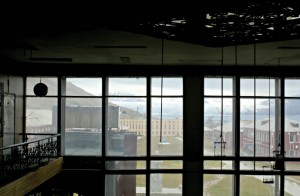
With several flights going per day from mainland Norway, and many cruise ships bound for the archipelago, thousands of tourists arrive at Svalbard every summer. On my trip, the large plane from Oslo was packed full of visitors from all over the world; Norway, Denmark, Sweden, Germany, the UK, the US, Australia, Japan, China, Indonesia, etc etc. Walking down Longyearbyen’s main street I saw at least five hotels, and several pubs, restaurants, and tourist stores. The inhabitants also come from all corners of the world, with the greatest contingent apart from Norwegians being Russian, Thai, Filipino, and Swedish. A small, yet international society.
Svalbard has seen travelers ever since its first undisputable discovery by Dutch explorer Willem Barentsz (1550-1597) in 1596. At first mainly whalers and fishermen arrived at the archipelago. Then, in the 1800s came hunters and trappers. Joe, our Norwegian guide on the crossing to Pyramiden, shared several tales about the hunters and trappers who caught seal and polar bear and lived in tiny shacks along the fjords. Every one of those stories showed how utterly merciless the Arctic climate and landscape is, especially towards the poorly prepared, the arrogant, and the unlucky. But they were also stories about the irresistible pull of the place, of people who met the love of their life, in the form of a trapper or a hunter, or the Arctic itself, and stayed for as long as they could. It wasn’t hard to relate.
I first visited the Arctic as a teenager. My mother had wanted to go there for a long time and when my father had a work opportunity at Svalbard, we went on a short holiday. In my youthful ignorance I wondered what the fuss was about, there was nothing new about snow and ice.
Yet, when I saw from the plane window the glaciers that swept between the dark peaks of southern Spitsbergen, it was clear this was not the mild snow and ice we were used to from western Norway, which is gone in a matter of days, but something much colder and infinitely more primal. The fjord was ice free, but the mountains were covered in white and so was most of Longyearbyen. Only a few cars roamed the dusty gravel roads, and the glacier at the end of the settlement was so close we walked up to it and searched for fossils in its streams of achingly cold melt water. The Advent Valley, a long wide valley right outside of Longyearbyen, was so white and featureless it was hard to assess distances as we drove into it. Most of the people we met were scientists about to embark on expeditions further out in the archipelago or local coal miners, and the atmosphere of the settlement was a strange combination of frontier town and research base.
This time I met mostly tourists, not wild-life hikers or mountaineers, or even backpackers, but charter tourists on group tours. Cars and buses roared up and down the now fully asphalted streets of Longyearbyen. Worse, the enormous changes in climate since my first visit were clearly visible. Now all but the tallest mountains were bare, timothy and cotton grass grew inside the settlement, and the glacier outside of town had retreated so far up the mountainside it would have been difficult to reach. Even along Billefjorden on the way to Pyramiden the foothills were green with moss and lichen, and the once summer-white Advent Valley was now a grey and brown marshland delta.
With the continuing warming of the Arctic and the melting of the sea ice and glaciers, Svalbard is bound to see even more tourists and more industry. And perhaps also yet another boom, the fifth after whaling, trapping, coal, and tourism, this time oil and gas. Today, the laws for building, living, and working on Svalbard are restricted, but who knows what the future will bring to this beautiful, yet vulnerable place.
As for me, I returned to the south with a polar fever worse than ever, impatient and determined to return to the Arctic at first opportunity, and stay for a longer time. Stepping out of the plane in the south felt like entering a greenhouse, or some country in the tropics, no longer fully home. Or perhaps I was the one who had changed. Whatever the reason, it was clear that the Arctic does have a way of getting under your skin and remain there.

About Berit Ellingsen
Berit Ellingsen is a Korean-Norwegian writer whose stories have or will appear in W.W. Norton's Flash Fiction International Anthology, SmokeLong Quarterly, Unstuck, and other places. Berit's short story collection, Beneath the Liquid Skin, was published by firthFORTH Books in 2012, and the novel, Une Ville Vide, by PublieMonde in 2013. Berit's work has been nominated for the Pushcart Prize, the British Science Fiction Award, and included in the Wigleaf top 50 longlist. Find out more at https://beritellingsen.com.

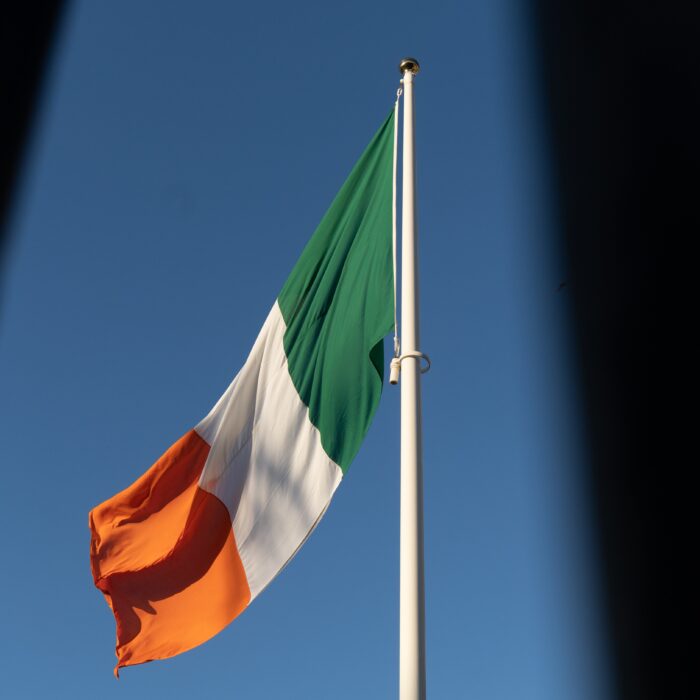
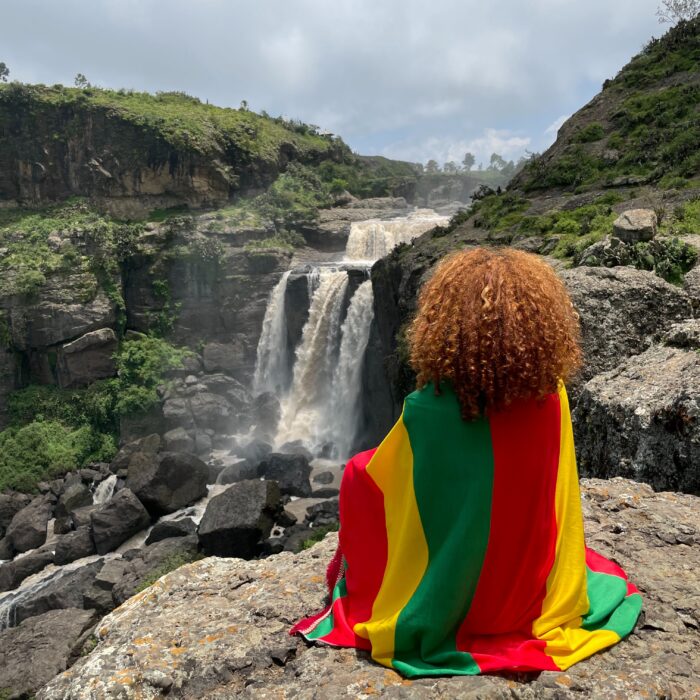


Soon you can take measures to have the sims mobile game. https://simsmobileguide.com